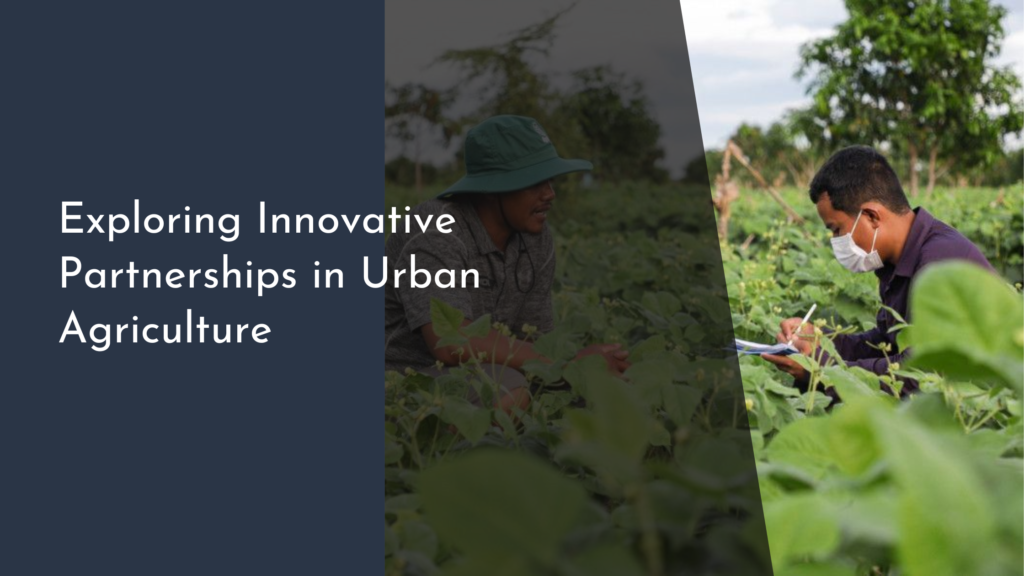Agroforestry in Food Chain-Based Agro Projects
Agroforestry is emerging as a transformative approach in the realm of sustainable agriculture, offering innovative solutions to the challenges posed by conventional farming practices. This method integrates trees and shrubs into agricultural landscapes, creating a dynamic ecosystem that benefits both food production and environmental health. With a focus on food chain-based agro projects, agroforestry is not just a farming technique; it’s a sustainable food revolution that promises to reshape our agricultural future.
The integration of trees in cropping systems enhances soil fertility, improves water retention, and provides shade and shelter for crops and livestock. As we delve into the various aspects of agroforestry, we discover how this multifaceted approach can enhance biodiversity, provide substantial benefits for farming communities, and pave the way for greener agricultural practices.
Discovering Agroforestry: A Sustainable Food Revolution!
Agroforestry combines agriculture and forestry to create productive and resilient farming systems. By planting trees alongside crops and livestock, farmers can mimic natural ecosystems, resulting in increased biodiversity and improved land productivity. This holistic approach maximizes land use, allowing farmers to produce food, fiber, and fuel all in one area.
The potential of agroforestry goes beyond just crop yields. This method promotes carbon sequestration, helping to combat climate change by reducing greenhouse gas emissions. It encourages a shift from monoculture practices, which deplete soil quality and biodiversity, to diverse farming systems that contribute to a sustainable future.
How Agroforestry Enhances Biodiversity in Agriculture
One of the most significant advantages of agroforestry is its ability to enhance biodiversity within agricultural landscapes. By incorporating various tree species, farmers can create habitats for numerous organisms, including beneficial insects, birds, and other wildlife. This increased biodiversity helps control pests naturally and supports a healthy ecosystem that is resilient to diseases and climate fluctuations.
Moreover, agroforestry systems can improve pollinator activity, essential for the production of many crops. By providing food and shelter for pollinators, agroforestry promotes the health of surrounding agricultural lands, ultimately leading to higher yields and improved quality of produce. The interdependence between agriculture and biodiversity creates a harmonious balance, allowing both to thrive together.
Benefits of Agroforestry for Farming Communities and Beyond
Agroforestry offers a plethora of benefits for farming communities, enhancing both economic stability and food security. Farmers who adopt agroforestry practices often enjoy diversified income streams, as they can harvest multiple products such as fruits, nuts, timber, and fodder. This diversification mitigates financial risks and provides a buffer against market fluctuations, ensuring a more stable livelihood for farming families.
Additionally, agroforestry contributes to improved soil health and water management. The deep roots of trees help prevent soil erosion and increase water infiltration, leading to healthier crops and reduced reliance on chemical fertilizers and irrigation. As farming communities become more resilient through agroforestry, they can withstand environmental challenges and thrive in their local ecosystems.
Engaging in Agro Projects: A Greener Path Forward!
Engaging in food chain-based agro projects that prioritize agroforestry is a significant step toward achieving sustainability in agriculture. These projects encourage collaboration among farmers, researchers, and policymakers to implement best practices for agroforestry. With the support of local communities and organizations, such initiatives can lead to the development of comprehensive strategies that benefit both the environment and the economy.
Moreover, as consumers become increasingly aware of the ecological impact of their food choices, agroforestry can play a vital role in promoting sustainable agricultural products. By supporting agroforestry-based projects, individuals can contribute to a healthier planet and make informed choices that align with their values. The collective effort towards a greener path forward not only nurtures the land but also nourishes our communities and future generations.
In conclusion, agroforestry represents a vibrant and sustainable approach to agriculture that holds the promise of a food revolution. By enhancing biodiversity, offering economic benefits, and paving the way for greener practices, agroforestry is transforming the way we think about food production and environmental stewardship. As we embrace the potential of agroforestry in food chain-based agro projects, we move closer to a more sustainable and resilient agricultural future—one that benefits farmers, consumers, and the planet alike. Let’s cultivate this greener path together!

